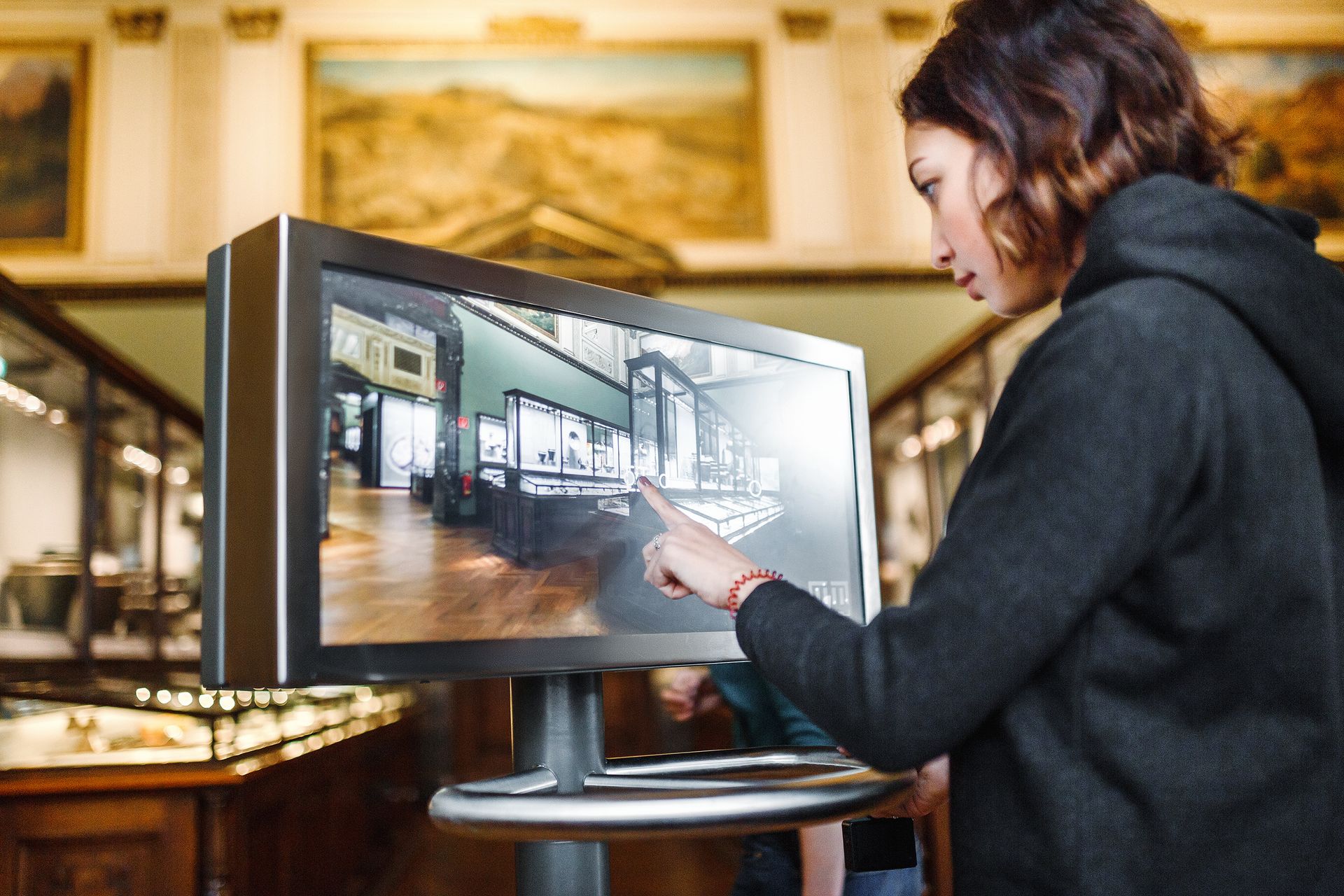1MG FlippingBooks
Museums and Innovation: An Oxymoron?
Dr Jim Thompson
Museums tell stories of the past but cannot survive without embracing the future. Change and innovation can make this possible.

Museums are often considered institutions of the past. Many have been around a long time, and they often focus on local stories. It could be argued that they reflect times that are long gone, and therefore less relevant to today, yet they are more popular than ever. In Australia the larger state and federally funded museums attract more than one million visitors per year, and these numbers are growing.
Whether old or new, museums must appeal to today’s discerning and increasingly demanding audiences to stay relevant, and that demands innovation and evolution.
The best example of the impetus for change is the digital world. There are now ‘museums’ which are almost completely digital, as well as temporary digital exhibitions and shows. Whether they are considered a real museum is irrelevant. They provide a product that can travel, change, and be tailored for different audiences, meeting individual demands for personalised access to information via the user’s preferred form and device.
How does this drive for new experiences sit with the International Council of Museums’ (ICOM) definition of a museum as a ‘not-for-profit, permanent institution in the service of society that researches, collects, conserves, interprets, and exhibits tangible and intangible heritage’?
I would argue it sits comfortably, but the challenge must be recognised. Can a museum be true to its purpose while ensuring financially sustainability and environmental and social responsibility, and maintaining community support? While this is complex, seeking hand-outs for more money is not a sustainable solution. Being commercially savvy means addressing issues such as the cost of core business, ethical partnerships, and social purpose.
Evolution in institutions such as the 160-year-old Queensland Museum has been ongoing if somewhat slow with periods of rapid change, such as the response to COVID-19. Even following the long periods of closure, many people were unable or unwilling to visit, seeding an emerging crisis – how could we fulfil our role as a place for the people? The answer was to go digital and embrace the concept of a virtual museum. Some would suggest this was a period of copycat innovation and it was undoubtedly competitive, permanently raising the bar for experience delivery – and now we cannot go back.
It’s worth noting that museums are not only innovators themselves, but also common custodians of past innovations for both educational and entertainment purposes. Where would we be if we could not observe and admire the small or great innovation feats of the past, even if they are now obsolete? The Queensland Museum proudly holds an array of such innovations, from the first university computer in Queensland to the prototype for the world’s first pineapple peeler.
Of course, with any change comes risk – an issue worth considering given that perhaps a museum’s greatest attribute is its perceived trustworthiness. This is hard won, stemming from a combination of factors including stability/longevity, evidence-based stories, equity of access (many museums are free), and a commitment to life-long learning. Along with community support, trust positions us to bring forward contentious natural and cultural heritage and social issues and views in a way that provides a forum for discussion. Too much change could threaten that trust.
Still, “innovative museum” is not an oxymoron. If we aspire to be contemporary, we must change, adapt, and respond to audience expectations so as to build accessible, relevant, and impactful museums – places that value the past while also representing the technology and changing social views and expectations of the present.
Dr Jim Thompson is the Chief Executive Officer of the Queensland Museum. Prior to joining the museum in 2017, Jim worked in government across two states as a researcher, manager and senior executive in the areas of wildlife and pest management and biosecurity.










